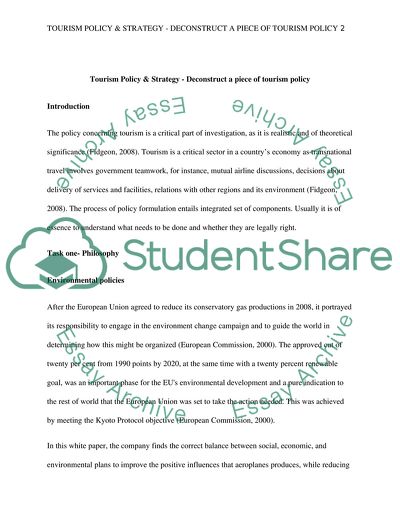Cite this document
(Tourism Policy and Strategy Report Example | Topics and Well Written Essays - 1750 words - 1, n.d.)
Tourism Policy and Strategy Report Example | Topics and Well Written Essays - 1750 words - 1. https://studentshare.org/tourism/1797934-tourism-policy-stratgy-deconstruct-a-piece-of-tourism-policy
Tourism Policy and Strategy Report Example | Topics and Well Written Essays - 1750 words - 1. https://studentshare.org/tourism/1797934-tourism-policy-stratgy-deconstruct-a-piece-of-tourism-policy
(Tourism Policy and Strategy Report Example | Topics and Well Written Essays - 1750 Words - 1)
Tourism Policy and Strategy Report Example | Topics and Well Written Essays - 1750 Words - 1. https://studentshare.org/tourism/1797934-tourism-policy-stratgy-deconstruct-a-piece-of-tourism-policy.
Tourism Policy and Strategy Report Example | Topics and Well Written Essays - 1750 Words - 1. https://studentshare.org/tourism/1797934-tourism-policy-stratgy-deconstruct-a-piece-of-tourism-policy.
“Tourism Policy and Strategy Report Example | Topics and Well Written Essays - 1750 Words - 1”. https://studentshare.org/tourism/1797934-tourism-policy-stratgy-deconstruct-a-piece-of-tourism-policy.


